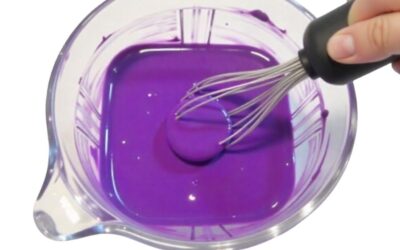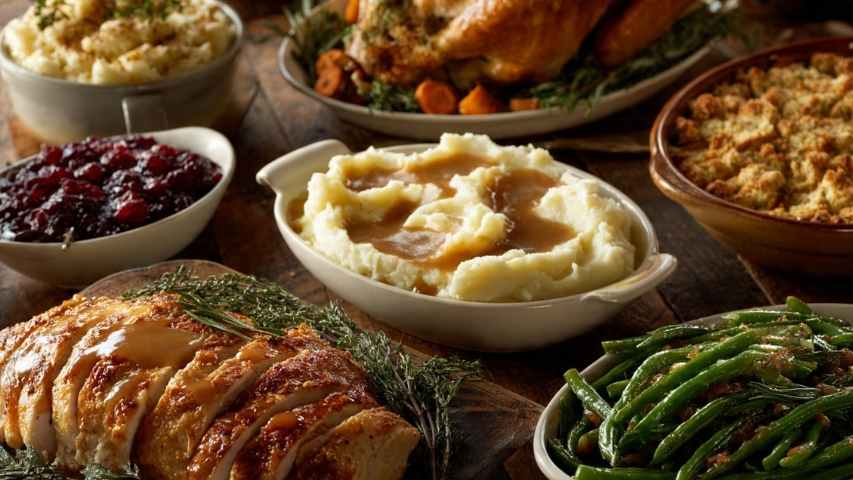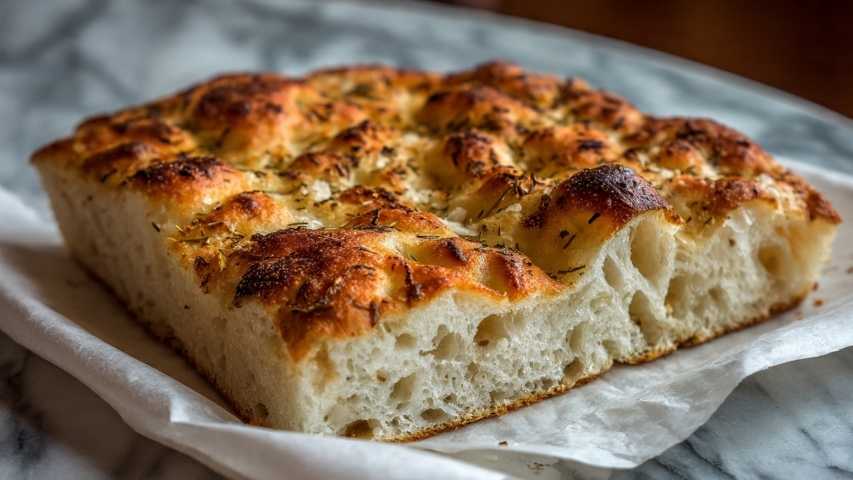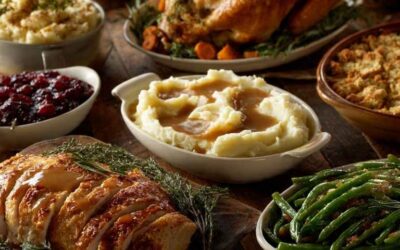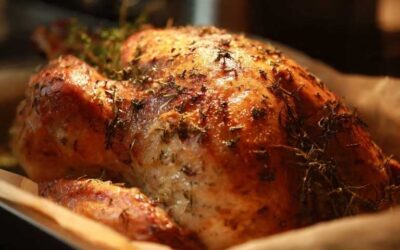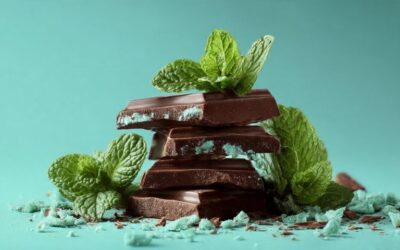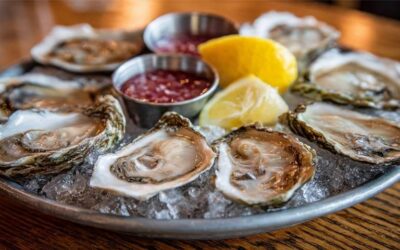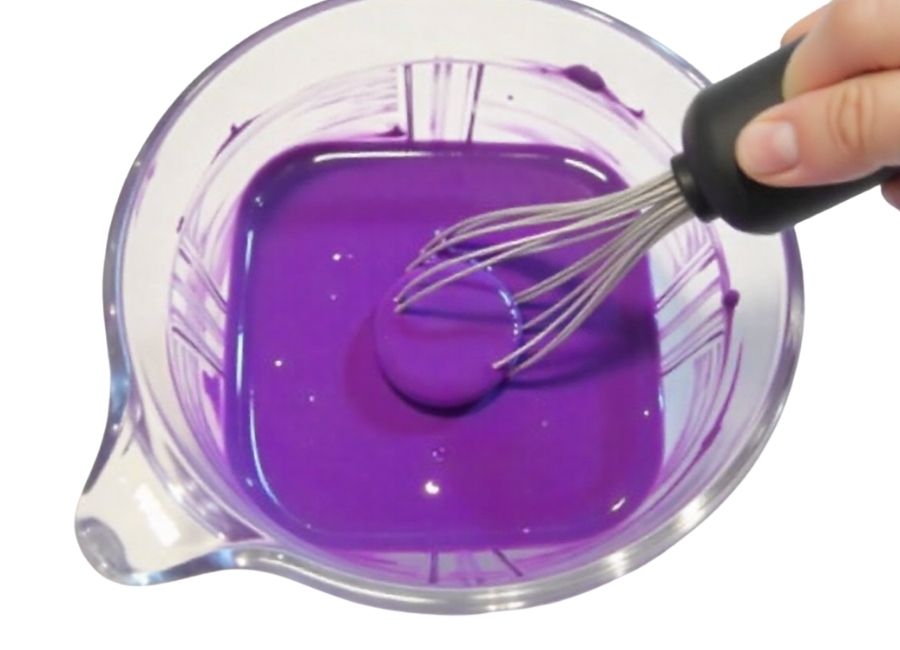Looking to add a pop of purple to your next baking project? Whether you’re decorating a birthday cake, coloring Easter eggs, or just having fun in the kitchen, purple is a fantastic color to work with. While you can always buy a bottle of food coloring from the store, making your own is surprisingly simple and rewarding.
This guide will show you two easy methods for creating purple food coloring right at home. We’ll cover the classic technique of mixing red and blue, which is perfect when you’re in a pinch. We’ll also explore how to make a completely natural purple dye using common ingredients like blueberries or red cabbage. By the end, you’ll have all the knowledge you need to create vibrant, homemade purple hues for any occasion.
Mixing Red and Blue to Make Purple
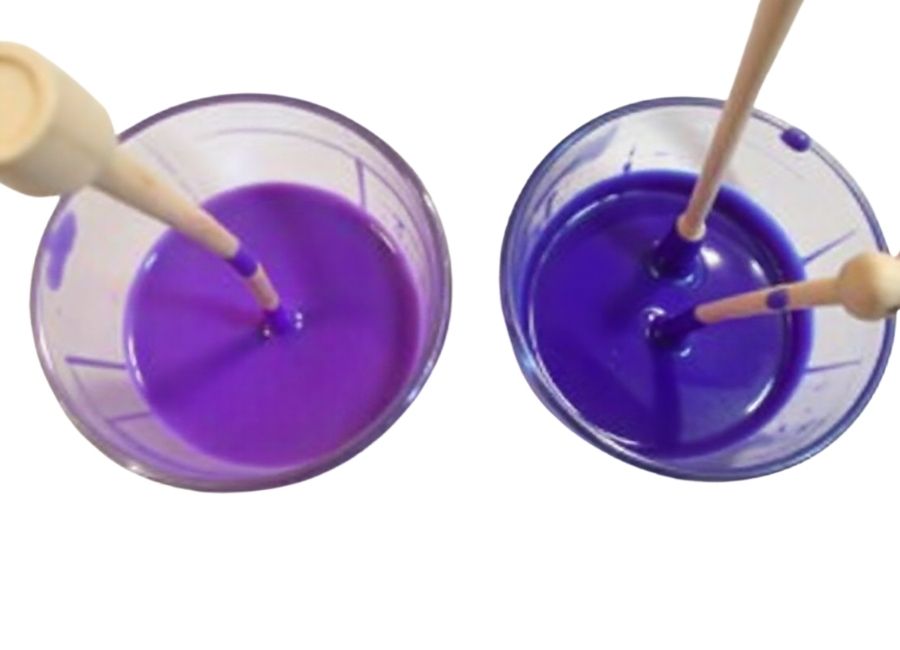
The quickest and most common way to create purple is by mixing red and blue food coloring. (Adams & Kathy, n.d.) This method works best with liquid or gel food colorings, which blend together easily. It allows for a high degree of control, letting you create everything from a soft lavender to a deep, rich violet.
What You’ll Need:
- Red food coloring (liquid or gel)
- Blue food coloring (liquid or gel)
- A small, clean bowl or container
- A toothpick or a small spoon for mixing
Step-by-Step Instructions:
- Start with the Base: Begin by adding a few drops of red food coloring to your small bowl. Red often serves as a good base for building the right shade of purple.
- Introduce the Blue: Carefully add one drop of blue food coloring to the red. It’s important to add the blue gradually, as its pigment is often stronger and can quickly overpower the red.
- Mix and Observe: Use a clean toothpick or spoon to thoroughly mix the two colors together. As you stir, you’ll see the color begin to transform into purple.
- Adjust to Perfection: Check the shade. Is it the purple you envisioned?
- If the color is too reddish (leaning towards magenta), add another drop of blue.
- If the color is too blue (leaning towards indigo), add another drop of red.
- Continue Until Satisfied: Keep adding tiny amounts of red or blue and mixing until you achieve your desired shade. Remember that a little goes a long way, especially with gel colorings, so make your adjustments drop by drop.
Once you’re happy with the color, your homemade purple food coloring is ready to be added to icing, batter, or any other recipe.
Making Natural Purple Food Coloring
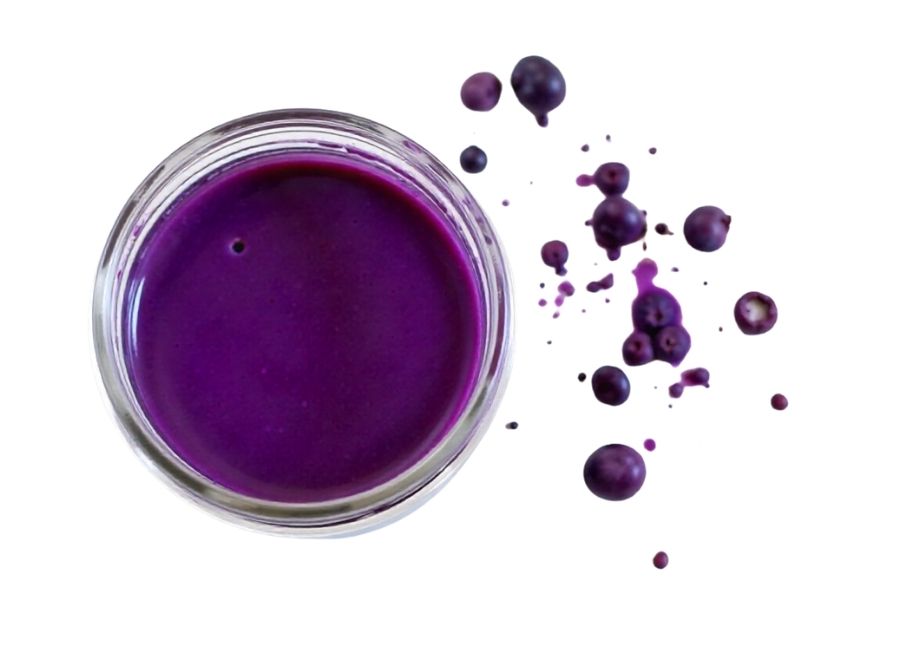
If you prefer to avoid artificial dyes or simply want to experiment with ingredients from your pantry, creating natural food coloring is an excellent option. Common fruits and vegetables with strong purple pigments can be used to make beautiful, all-natural dyes.
This method requires a bit more preparation but results in a subtle, beautifully colored dye without any synthetic additives.
Option 1: Using Blueberries
Blueberries are a fantastic source of natural purple pigment. (Blueberries As A Natural Food Dye, 2024) The color they produce is a lovely, deep purple-blue.
What You’ll Need:
- 1 cup of fresh or frozen blueberries
- 2–4 tablespoons of water
- A small saucepan
- A fine-mesh sieve or cheesecloth
- A bowl
Step-by-Step Instructions:
- Simmer the Berries: Place the blueberries and water in a small saucepan. Bring the mixture to a gentle simmer over medium heat.
- Mash and Reduce: As the berries heat up, they will start to burst. Use the back of a spoon to gently mash them against the side of the pan to release more juice. Let the mixture simmer for about 10-15 minutes, or until the liquid has reduced slightly and deepened in color.
- Strain the Mixture: Pour the blueberry mixture through a fine-mesh sieve or cheesecloth placed over a clean bowl. Press the solids with a spoon to extract as much liquid as possible.
- Cool and Store: Discard the solids left in the sieve. Allow the resulting purple liquid to cool completely. You now have a natural purple food coloring.
Option 2: Using Red Cabbage
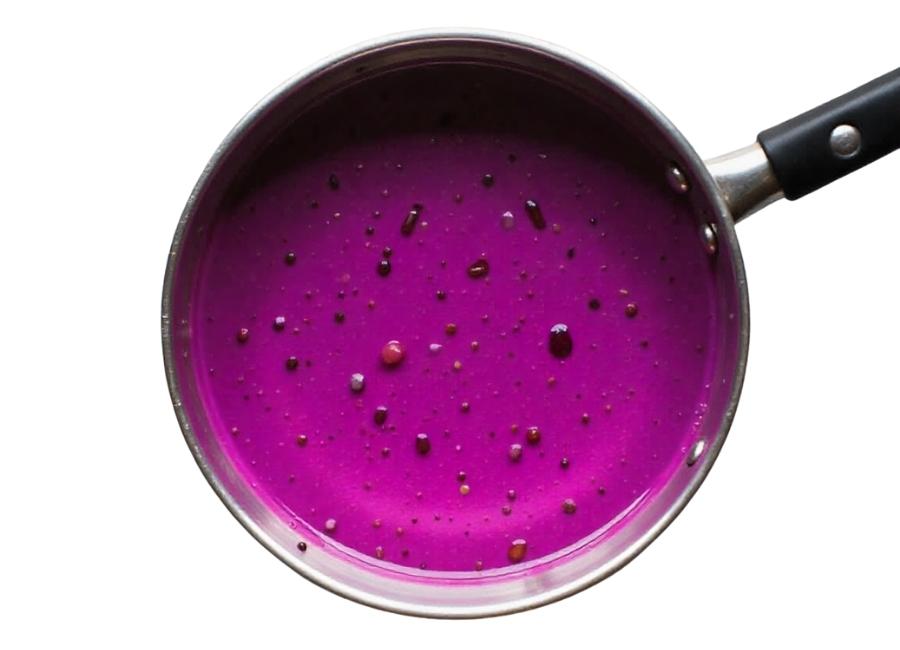
It might sound odd, but red cabbage creates a vibrant purple dye that can be turned pink or blue with a little kitchen chemistry. (Shaha & Alom, 2020)
What You’ll Need:
- About 2 cups of chopped red cabbage
- Water to cover (about 4 cups)
- A medium saucepan
- A fine-mesh sieve
- A bowl
- Baking soda (optional, to adjust color)
Step-by-Step Instructions:
- Boil the Cabbage: Place the chopped red cabbage in the saucepan and add enough water to cover it completely. Bring the water to a boil.
- Simmer and Steep: Reduce the heat and let the cabbage simmer for 20-30 minutes. The water will turn a deep purple-blue color as the pigment leaches out of the cabbage.
- Strain the Liquid: Carefully strain the liquid into a bowl, discarding the cooked cabbage pieces.
- Reduce for Concentration: For a more concentrated color, you can return the purple liquid to the saucepan and simmer it gently until it reduces by half. This will make the dye more vibrant.
- Cool and Store: Let the liquid cool. Don’t worry about the cabbage smell; it will dissipate as it cools and shouldn’t affect the taste of your baked goods in small amounts.
Your Next Steps in Coloring
You now have the skills to create beautiful purple food coloring from scratch, whether you’re mixing colors for a quick fix or simmering berries for an all-natural approach. The method you choose depends on your needs, but both paths lead to impressive results. This homemade touch can elevate your culinary creations and add a personal flair that you just can’t get from a store-bought bottle.
Ready to put your new skills to the test? Try coloring a batch of vanilla frosting or whip up some vibrant pancake batter. Experiment with different shades and discover just how creative you can be in the kitchen.










